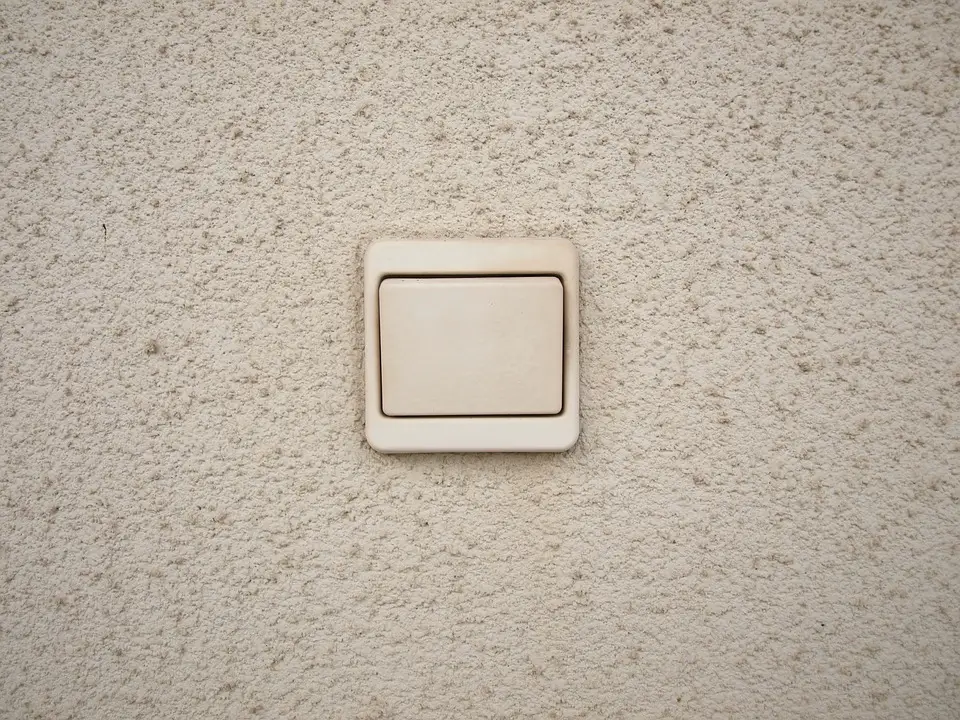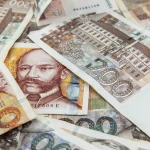As Poslovni Dnevnik writes, Hrvatska elektroprivreda (HEP) has announced its new Croatian electricity prices, which will be in force from April the 1st, and it seems that electricity will still be more expensive for some consumers than what Prime Minister Plenkovic announced it would be back in mid-February.
Back in mid-February, the Croatian Government adopted a package of measures to try to put a cap on soaring energy prices, according to which VAT on electricity will remain at 13 percent, and Prime Minister Plenkovic announced that electricity prices for households should increase by up to 9.6 percent. Without the introduction of these government measures, the growth of prices for households across the country would stand at 23 percent, all because the price of electricity on stock exchanges has quadrupled in just one year, writes Energetika-net.
However, the published price lists from HEP suggest that the price increase for most people who have dual-tariff metres in their homes will be higher than expected, at least according to their current calculations.
“The 9.6 percent increase in Croatian electricity prices was probably used in the presentation as a represenation of a mix of different types of consumers, but it doesn’t apply to all consumers in the ”household” category. When the tariff items published by HEP Elektra (universal service) and HERA are applied, households will receive bills which are 8 percent higher from this supplier as of the 1st of April for one tariff metres, while two-tariff metres (TM white) will receive bills which are higher by 11 percent.
When it comes to the question of whether or not Croatian electricity prices for end users will actually increase even more, it all depends on HEP’s decision, ie whether they will start collecting a solidarity fee, which they haven’t been collecting so far. In that case, the bills for one tariff metres (blue) would grow by 11 percent, and for two-tariff metres (white), by 14 percent. As for HEP Supply (HEPI), the average growth will be 14 percent, and if the solidarity fee does indeed start being collected, then growth will rise to 17 percent. These calculations include VAT,” explained Nenad Kurtovic from the Split Consumer Association.
When asked by Novi list about their new tariffs, HEP replied that the amount of change in the cost of electricity will all depend on the tariff model and of course on the overall consumption of each individual customer.
“As announced in the presentation of the package of inflation measures to mitigate the growth of energy prices by the Croatian Government, the average electricity bill will increase by 9.6 percent. The amount of the change in cost in each individual case will depend on the tariff model and the amount of electricity consumed, as well as on the ratio of consumption in the higher and lower tariffs,” HEP replied.
For more, make sure to check out our lifestyle section.












